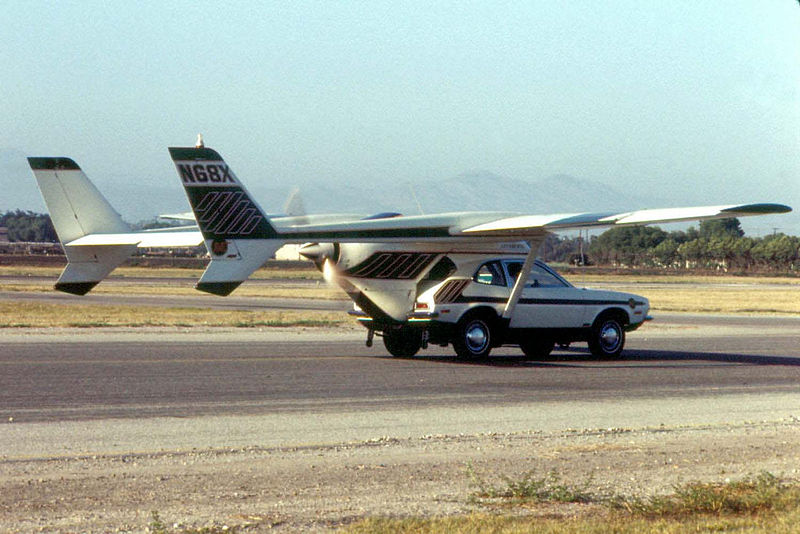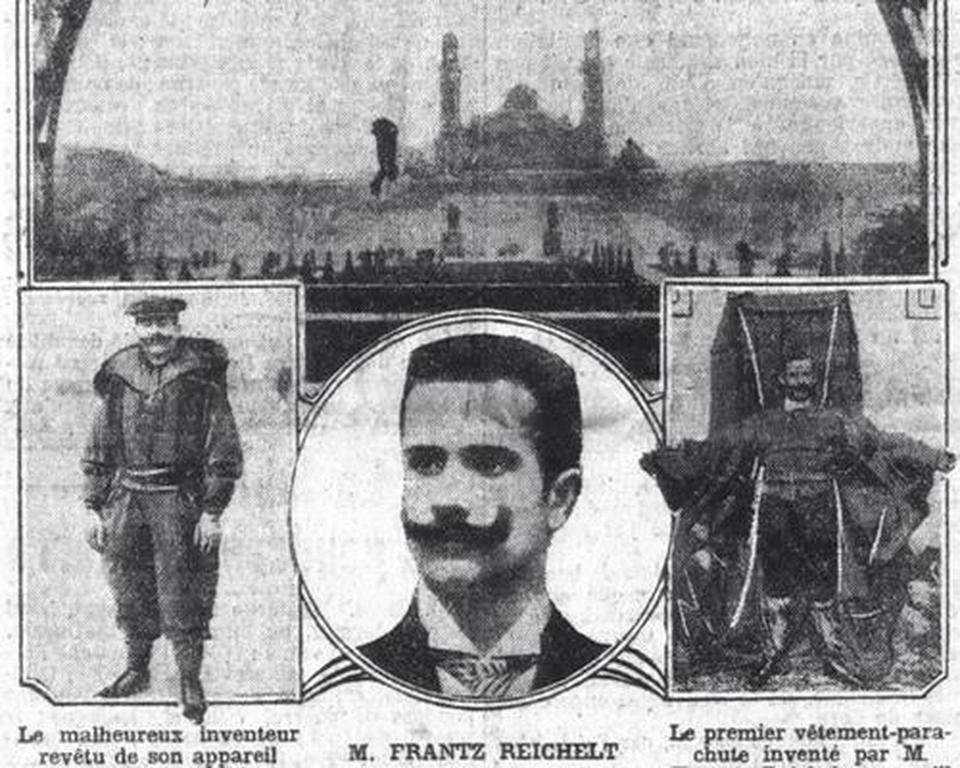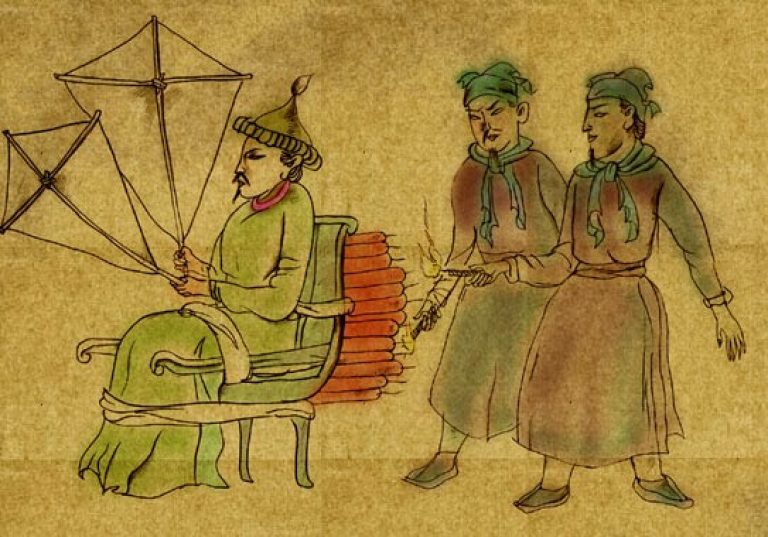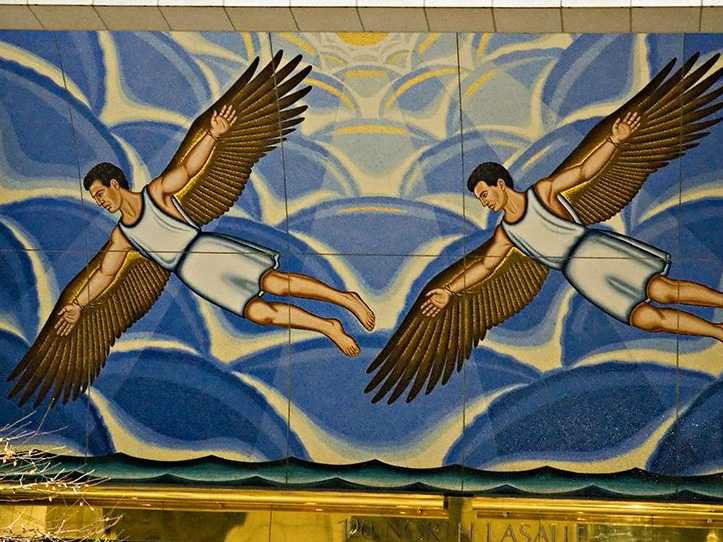The level which the world has reached today is because of the continuous inventions and contributions made by many people. The inventors first come up with the idea that could solve a problem, especially in a way that no one else thought of, then design it and bring the idea to the reality.
But there is also the stage where a device is ‘tested,’ before introducing it to everyone. And the person who dummied to check its success was the inventor himself many times. But unfortunately, a few got killed by their inventions, and here is a list of few.
1. Henry Smolinski

In 1973, the first two prototypes of the company were built. Later that year on Sept. 11, Smolinski went on a test flight with pilot Harold Blake. But unfortunately, they both were killed in a crash, when a wing strut got detached from the car. The National Transportation Safety Board said that it was the bad welds that led to the accident.
2. Franz Reichelt

When Reichelt was working on this design, airplanes were a new invention at that time and the mechanics of how a pilot will escape from a plane in an emergency was still in process. Reichelt did first tests of his design on the dummies which were successful, and that encouraged him to try it himself. For which he jumped off the lower level of the Eiffel Tower, which was about 187-feet. However, his jump onto the frozen ground led to his death.
3. Horace Lawson Hunley
Hunley himself funded his third submarine. On Oct. 15, 1863, he left on the submarine along with the seven crew members but the sub sank in the Charleston, S.C. However, a few of the members were lucky enough to survive, but the inventor i.e. Hunley lost his life.
4. Thomas Midgley Jr
Midgley was a chemist and was known for his work with “no-knock” or say leaded gasoline and the greenhouse gas Freon. Once in a press conference, he poured leaded gasoline all over his hands to prove that the fuel was safe but subsequently suffered from it. But unlike our assumptions, he didn’t die because of this.
Rather he was killed by one of his other inventions. When he was in bed suffering from polio, he had built a rope and pulley system for himself, but due to his misfortune, he got entangled in the ropes and died due to suffocation on Nov. 2, 1944.
5. Marie Curie

The person responsible for establishing the theory of radioactivity is Marie, but unfortunately, she unintentionally discovered the fatal effect radioactivity could have on the health of human beings. And she died because of aplastic anemia caused by radiation exposure on July 4, 1934.
6. Perillos of Athens
He was a bronze worker who designed a device to present to the king so that the latter could punish the criminals as cruelly as possible. The device was called the Brazen Bull, where the criminals were locked inside, and a fire was set beneath the statue because of which the metal heated until the victims inside died from severe burns.
The structure of the bull was designed with a system of pipes and tubes, which was to convert the screams of the victims to the sounds similar to the bellowing of an enraged bull. Perillos once said, “The horrendous screams will come to you through the tubes as the tenderest, most melodious, most pathetic of bellowings.”
Well, it is also interesting to know that when Perillos proposed the Brazen Bull to Phalaris, the latter was so disgusted by the brutality of this invention and ordered to put the former inside the bull and get him roasted.
7. Valerian Abakovsky
8. Wan Hu

9. Abu Nasr Isma’il ibn Hammad al-Jawhari

10. Henry Winstanley
11. Otto Lilienthal

Facebook Comments